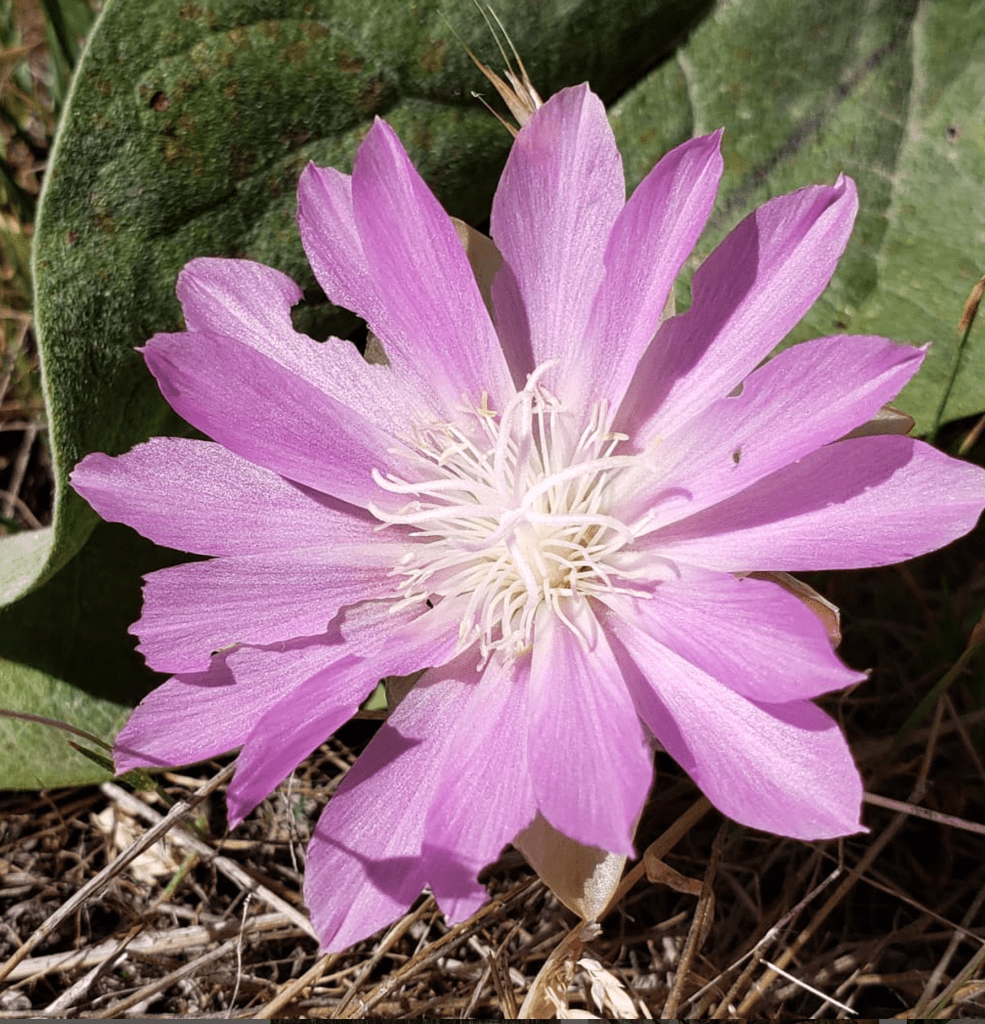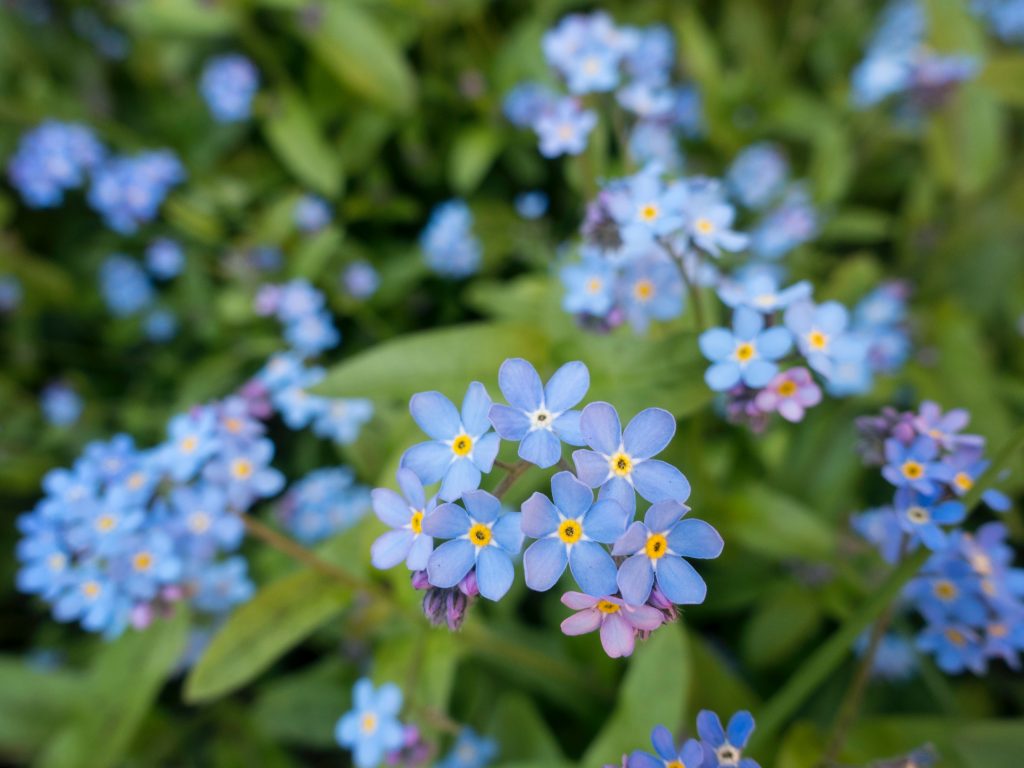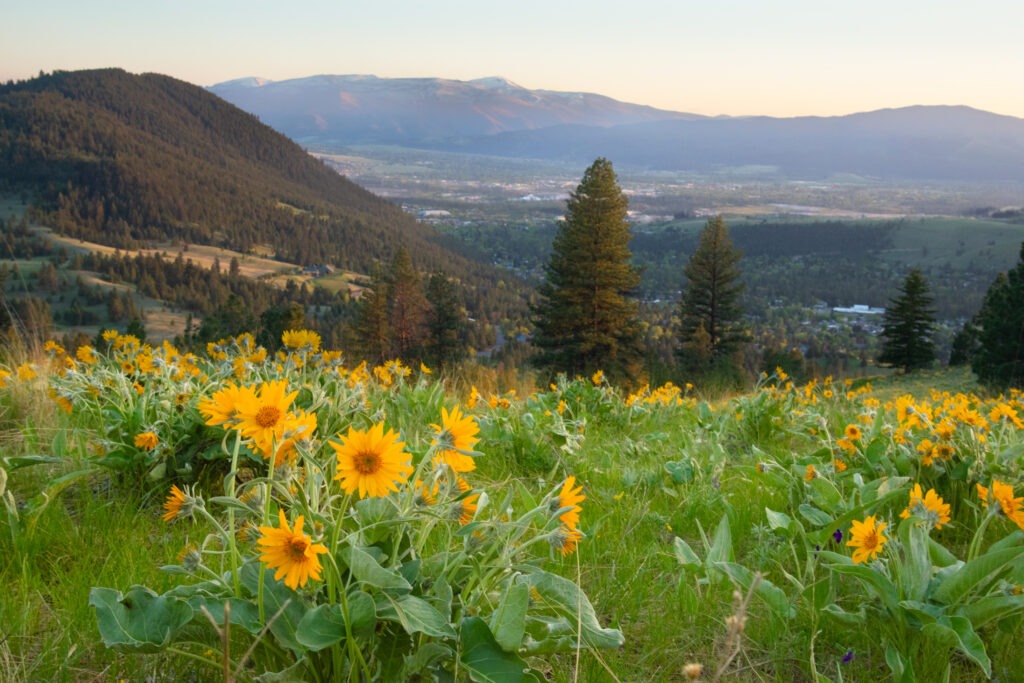
It’s spring in Missoula! The sun is shining, the birds are chirping and it’s that special time of year when wildflowers begin to bloom. With every splash of purple you see biking around town and all the yellow clusters popping up in the mountains, it can be difficult to name each vibrant flower catching your eye! We're here to help. Below is a list of 5 popular wildflowers in Missoula and where to find them.

Photo courtesy of Mike Williams Photography.
The Bitterroot is Montana’s state flower. The beautiful pink, red or occasionally white blossom has 12-16 pointed or slightly rounded petals. Native Americans commonly harvested the flower and boiled the roots for food. You can find Montana’s favorite floral hiking along Waterworks Hill.
Fun Fact: The genus name Lewisia comes from Merriwether Lewis of the Lewis and Clark expedition, who collected a sample of the flower near Lolo.

Photo courtesy of Leslie Beckman.
Though most Montanans are quick to recognize these flowers and identify them as “Indian Paintbrushes,” there are at least 22 different paintbrush species in the state. In Missoula, the Harsh Paintbrush is often observed on hills and dry meadows like Mount Jumbo. The tall stems—10-24 inches—are studded with green leaves and red (sometimes yellow) spikelike petals. They are regarded as somewhat parasitic because they attach their roots their neighbor's, absorbing the water and nutrients. Because of this, it is nearly impossible to transplant this flower or grow it from seed.
Fun Fact: Many scientists believe that paintbrush flowers and hummingbirds evolved together, due to the widespread pollination on behalf of the hummingbird and the perfect petal shape and delicious nectar produced by the paintbrush.

The Mountain Forget-me-nots are small perennial flowers that grow between 2-12 inches tall. Each flower contains five round, bright blue petals with a yellow ring in the center. These delicate beauties are clustered at the top of their stems in bunches to form a natural bouquet. They can be found in damp, open spaces like Rattlesnake Creek of the Rattlesnake Recreation Area.
Fun Fact: The name comes from a fable about a young man collecting beautiful blue flowers for his true love by the river and in a moment of carelessness, slips into the rushing water. But before he is swept away, he throws the bundle of flowers back onto shore, crying out, “Forget me not!”

Photo courtesy of Leslie Beckman.
This lovely, little flower is named for its striking resemblance to a shooting star—except that it's much, much smaller. They stand anywhere from 2-12 inches tall with several multi-colored flowers blooming at the top of the stem. The magenta or light pink flowers dangle forward while their petals sweep back, exposing a yellow collar and black tip protruding from the center. These flowers can be found in moist, open environments in both the plains and mountains. You’ll find them in the Rattlesnake Recreation Area, on Mount Jumbo and Waterworks Hill.
Fun Fact: Shootingstars smell very similar to rootbeer when in bloom.

One of the most common wildflowers in Missoula, the Arrowleaf Balsamroot is a perennial that grows in bunches and stands 1-2 feet tall. At the top of the stems are bright yellow flowers that are often mistaken for daisies—but actually belong to the sunflower family. They can be found in dry, open patches of land, like in the lower Rattlesnake Recreation Area and Mount Jumbo.
Fun Fact: This flower has long been an important source of nutrients for Native American groups. When the plant is still young, the stem, leaves, seeds and roots can be eaten. They are also a favorite food among elk, bighorn sheep, deer and birds who consume the seeds.
Updated: 10/29/25